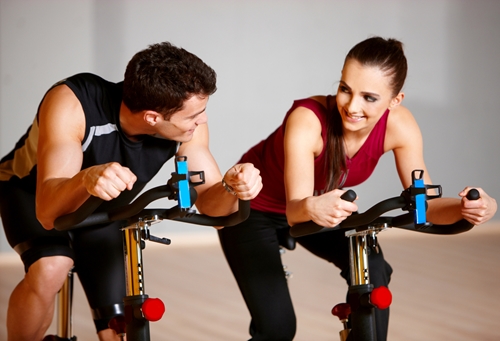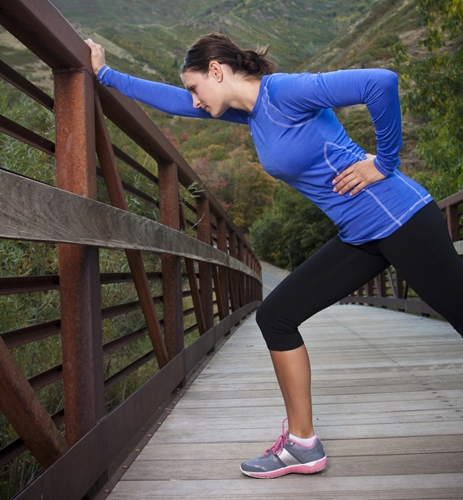As far as crazy fitness goals go, running in an ultra marathon may just be the pinnacle. But for anyone who’s a regular runner and enjoys participating in marathons, it may not be as crazy as you think. In fact, given the right amount of training and the motivation to get there, any avid runner can become an ultra marathoner – running 50 miles or more in no time.
Choose a race
Before beginning your ultra marathon training, it’s best to have a definitive goal to work toward, so go ahead and sign up for a race. You’ll want to consider location, what the geography of the course is like and whether or not the race allows ultra marathoners to run different distances (e.g. 50 or 100 miles). A few popular options include the Ice Age Trail 50, Heartland 100, Rocky Raccoon and the Le Grizz Ultramarathon. .
Give yourself plenty of time
If have already completed a few marathons, you’ll need at least 16 weeks to get yourself in shape for your first ultra marathon and should schedule accordingly. There are tons of training programs available online, so find one that fits best with your schedule and goals. Ideally, you should be able to get to the point where you’re running 15 to 18Â miles for your weekly long run.
Find some flat ground
Especially when you first begin to train, you’ll want to find flat ground for as close to 50 miles as possible. Running on a fitness treadmill can also be a helpful training option because the ground is guaranteed to be flat. In addition, the TRUE Fitness Z5.4 treadmill has extreme durability that can stand up to those long runs. It is also outfitted with TRUE’s patented Soft Selectâ„¢ system, which allows you to adjust the deck firmness to reduce the stress on your feet and legs.
Start slowly
When developing a pace at which to run during your ultra marathon, you’re going to have to start a bit more slowly than you would on your traditional 26.2-mile runs. A pacing miscalculation won’t just mess with your finish time, it could prohibit your ability to complete the race at all. When you begin each run, aim for a pace that’s approximately half a minute slower than your marathon pace. Then, find a rhythm. You won’t be running the full 50 miles – there’s some walking in there too – so discover which combination will work best for you.



